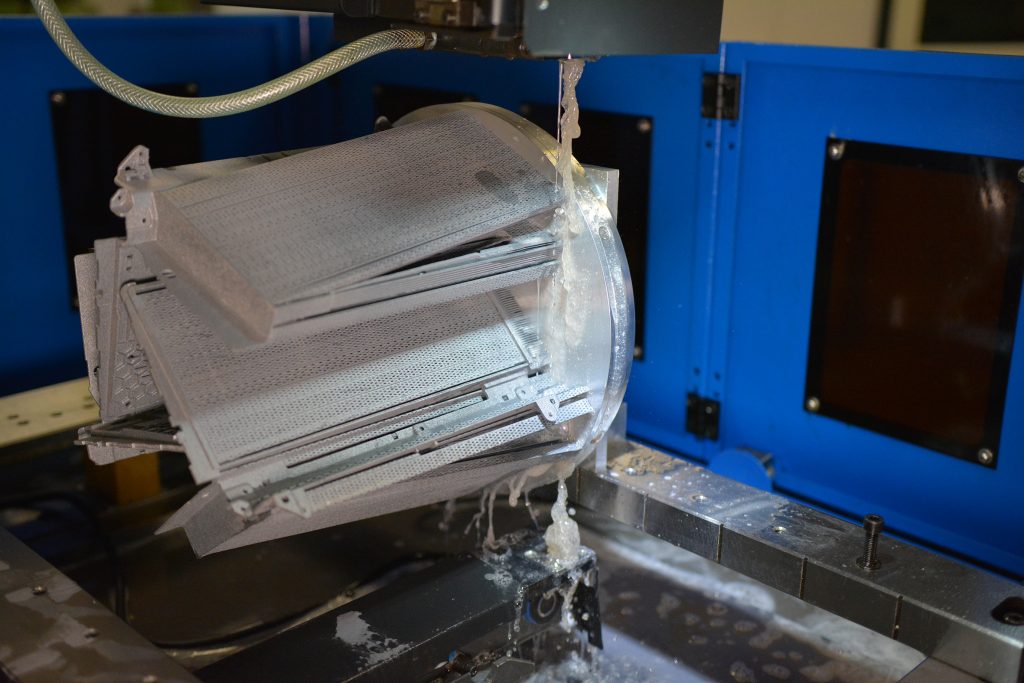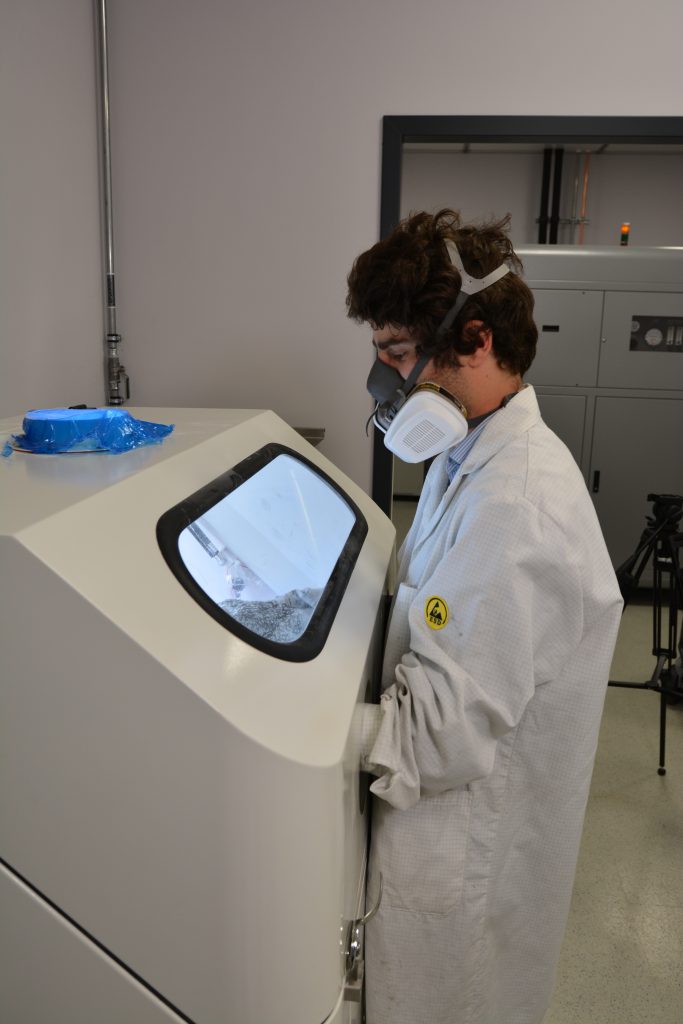A new 8,000m² facility in Karben, Germany has been opened by automotive manufacturing company Continental AG.
Continental is known for manufacturing automotive components ranging from brake systems, interiors and perhaps most famously – tyres. The new center, led by Continental Engineering Services, will enable, “the high-precision and efficient production of small quantities of components for internal and external customers.”

Torsten Rauch, Continental plant manager in Karben, said, “3D printing is becoming more and more important thanks to its many advantages. This is reciprocated by the ever-increasing demand for additively manufactured parts. With our competence center in Karben we are now able to test technologies, develop processes and procedures and roll out our production worldwide”.
The center has access to numerous additive manufacturing technologies including Selective Laser Melting for metal, Selective Laser Sintering (SLS), for plastics such as PA, PP or polystyrene; Stereolithography (SLA); Digital Light Printing (DLP) and Fused Deposition Modelling (FDM).

Advanced manufacturing technology is in use at Continental to make parts including calipers, fluid reservoirs and water pumps. The company says that the technology is now comparable with traditional manufacturing methods when it comes to durability and appearance. The new center of competence will bring together the full process chain, covering design to production. Testing, validation and rework of 3D printed components will all be possible under the same roof at the new center.
Stefan Kammann, head of business segment Additive Design and Manufacturing within the Product Solutions division at Continental Engineering Services, added, “We make 3D scans of the components, edit them followed by printing them with the desired material. For example, we are able to produce a high-quality metal part in place of a plastic part. Furthermore, design changes can be handled flexibly depending on the product. The process lowers production costs with shorter production times”.

Vote now in the 2019 3D Printing Industry Awards. For all of the latest 3D printing news, subscribe to the 3D Printing Industry newsletter, follow us on Twitter and like us on Facebook.
Join 3D Printing Jobs to find your next opportunity in the additive manufacturing sector.
Featured image shows a worker removing used metal power from a part made using SLM. Photo via Continental AG.


